Ever feel like your dog just needs a reason to bark—so they invent one? Maybe it’s a squirrel… or maybe it’s literally nothing.
Some pups are born with turbo-charged alert systems, barking at shadows, wind gusts, their reflection in the mirror, or a suspicious-looking shoelace. These are the drama queens and conspiracy theorists of the canine world—and we love them for it.
Some breeds just can’t help but overreact. It’s part of their charm—and sometimes, part of the chaos. While this might drive your neighbors (and Amazon delivery guys) a little crazy, these bark-happy breeds often make excellent watchdogs and alarm systems, albeit with a few… false positives.
Here, we’re celebrating the most reactive, easily startled, and overzealously vocal dogs out there. If you’ve ever wondered why your pup barks at thin air, you might just find them here. Prepare to laugh, relate—and maybe even discover your dog’s long-lost twin.
Dog Breeds That Bark at Their Own Shadow
1. Smooth Fox Terrier
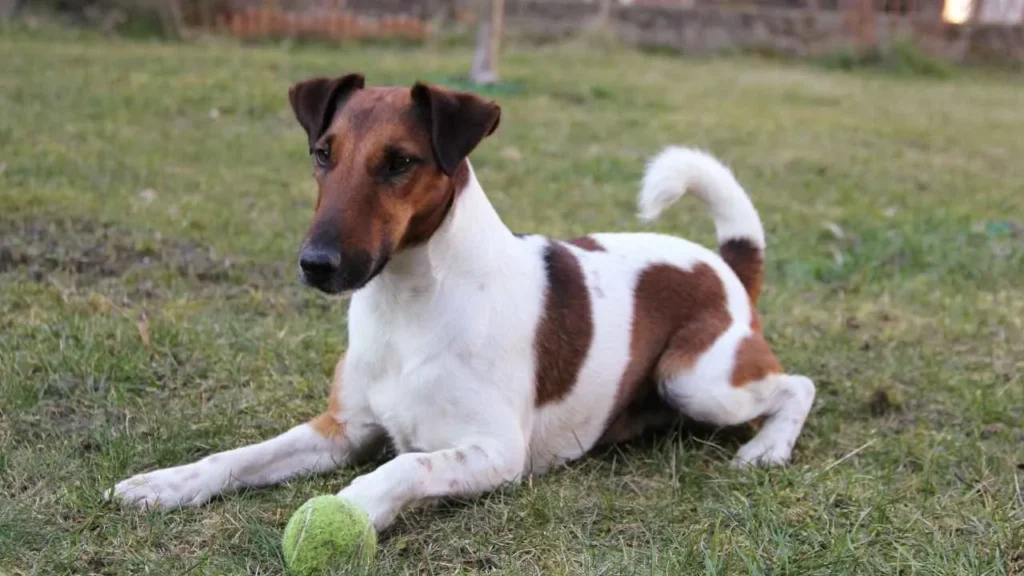
Meet the Smooth Fox Terrier—a dog so alert, it might just bark if a leaf flinches. Originally bred to flush foxes from their dens (hence the name), this little livewire has a hair-trigger bark response that doesn’t need much provocation.
Smooth Fox Terriers feature a flat, moderately narrow, V-shaped head and—true to their name—a sleek, smooth coat that’s mostly white. Known for their lively and spirited nature, these compact dogs typically stand up to 15.5 inches tall and weigh between 15 and 18 pounds.
A shadow? Suspicious. A door creaking three streets away? Definitely a security threat. A dust bunny rolling by? Mortal enemy.
This breed is a walking (and barking) embodiment of “better safe than sorry.” They’re super intelligent, endlessly energetic, and have a natural watchdog instinct—just dialed up to eleven. If you’ve ever wanted a dog that doubles as a home alarm and comic relief, the Smooth Fox Terrier has you covered.
But be warned: silence is not their strong suit. These pups are extroverted, expressive, and emotionally invested in everything happening around them. Even the mundane. Especially the mundane.
Quick-fire Traits:
Energy Level: Off the charts
Vocal Range: Full surround sound system
Suspicion Level: Every moving shadow = code red
Training Need: High (to distinguish shadow from actual threat)
As per Wikipedia, the Smooth Fox Terrier is a lively, high-energy breed, making it less suitable for first-time dog owners. However, they are quite sociable and can be friendly with strangers—especially if they’re properly socialized from an early age.
So yes, they’ll bark at their own shadow—and probably yours too. But with the right training (and maybe some noise-canceling headphones), they’re a hilariously loyal companion who keeps life very eventful.
2. Chihuahua
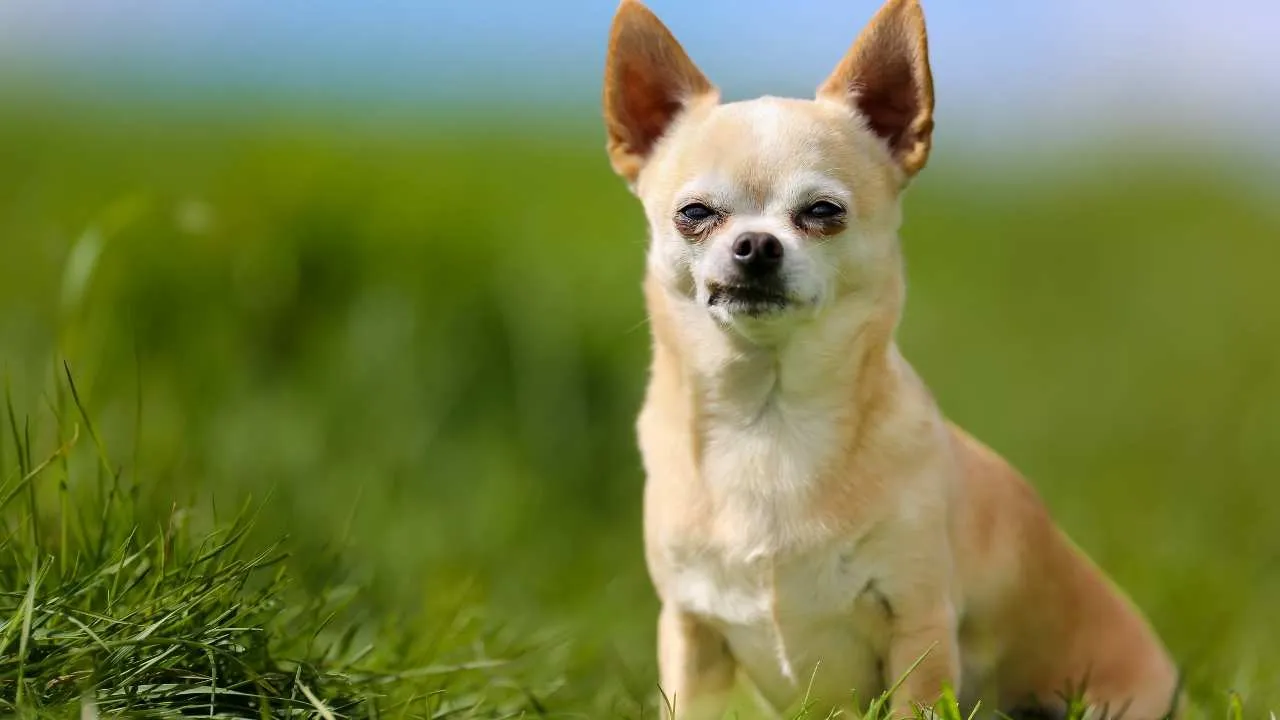
Ah, the Chihuahua—the tiniest drama queen in the canine kingdom. Don’t let their teacup size fool you; inside that pint-sized body is the fierce heart of a lion… or at least a lion who just woke up from a nap and is still cranky.
Chihuahuas rank among the tiniest dog breeds in the world. Ideally, a Chihuahua—regardless of gender—should not weigh more than 6 pounds. As per WebMD, Chihuahuas are incredibly easy to carry around—earning them the nickname “purse dogs” because they’re so portable and travel-friendly.
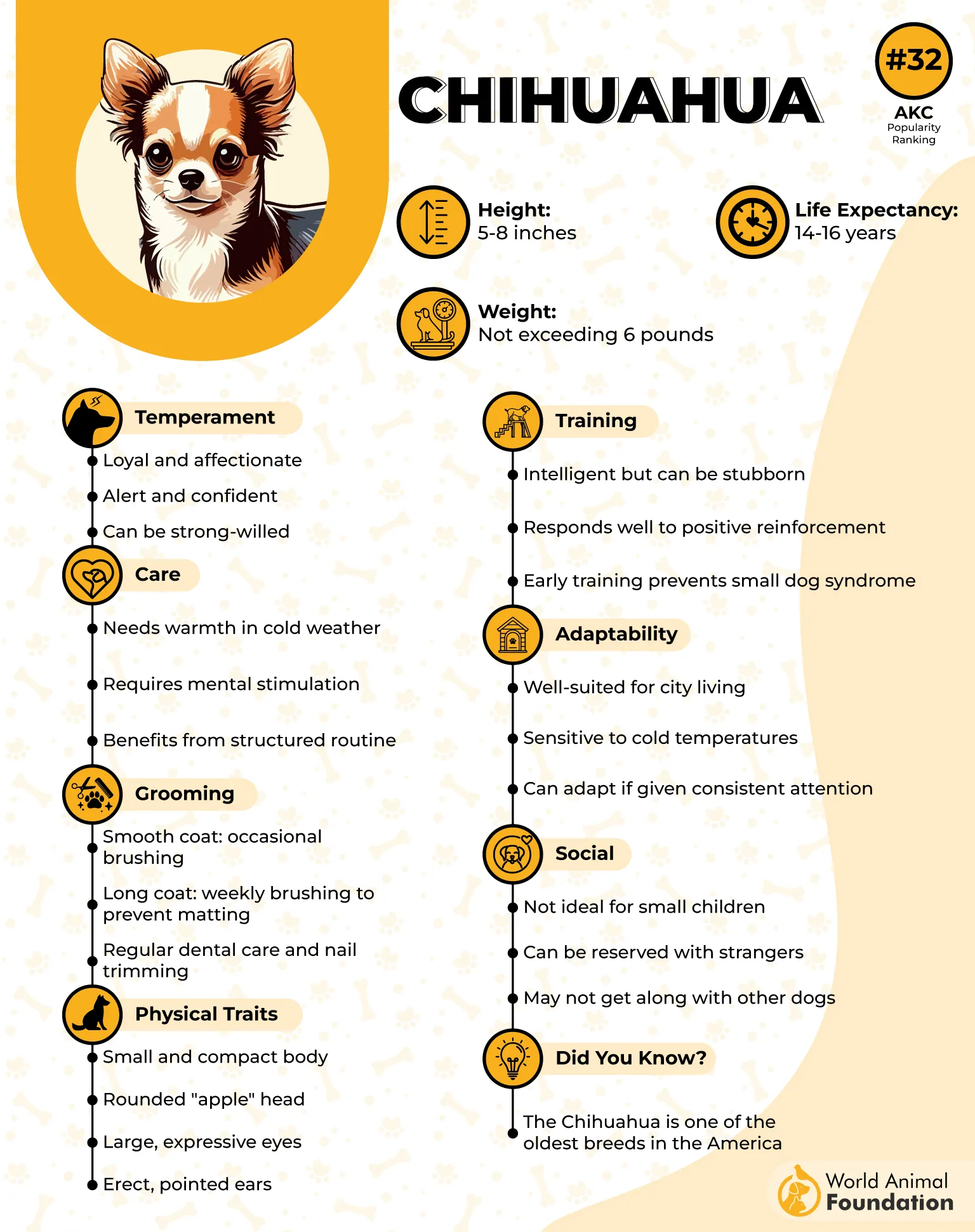
While they don’t actually bark more than other breeds, when they do bark, it’s with the conviction of a dog ten times their size. And yes, sometimes that bark is directed at—wait for it—their own shadow.
Why? Because everything is a potential threat when you’re six inches tall and living in a world full of stompy shoes and mysterious ceiling fans. Chihuahuas are notoriously loyal to their humans, and that loyalty comes with a side of suspicion. A shifting light? Threat. A plastic bag? Threat. Your cousin they’ve met five times? Major threat.
Chihuahua Mood Snapshot:
Size: Toy body, titan attitude
Bark Level: Shrill but strategic (in their mind)
Shadow Sensitivity: High—especially near bedtime
Loyalty Level: Ride or die
They may be labeled as “yappy,” but truth be told, they’re just hyper-aware. And a little extra. If you’re cool with a bodyguard who can fit in your purse and warn you of every suspicious flicker of light, the Chihuahua will serve you (loudly) and love you (even louder).
3. Miniature Schnauzer

The Miniature Schnauzer isn’t just a dog—it’s a full-time commentator on life. Whether it’s a squirrel on the fence, a neighbor walking by, or a suspicious speck of dust floating through the sunbeam, this pint-sized pup will have something to say about it. And by “say,” we mean bark. Loudly. Repeatedly.
Originally bred to be a farmhand and rat-catcher, the Mini Schnauzer carries all the bravery of a working dog… in a compact, allergy-friendly, mustachioed package.
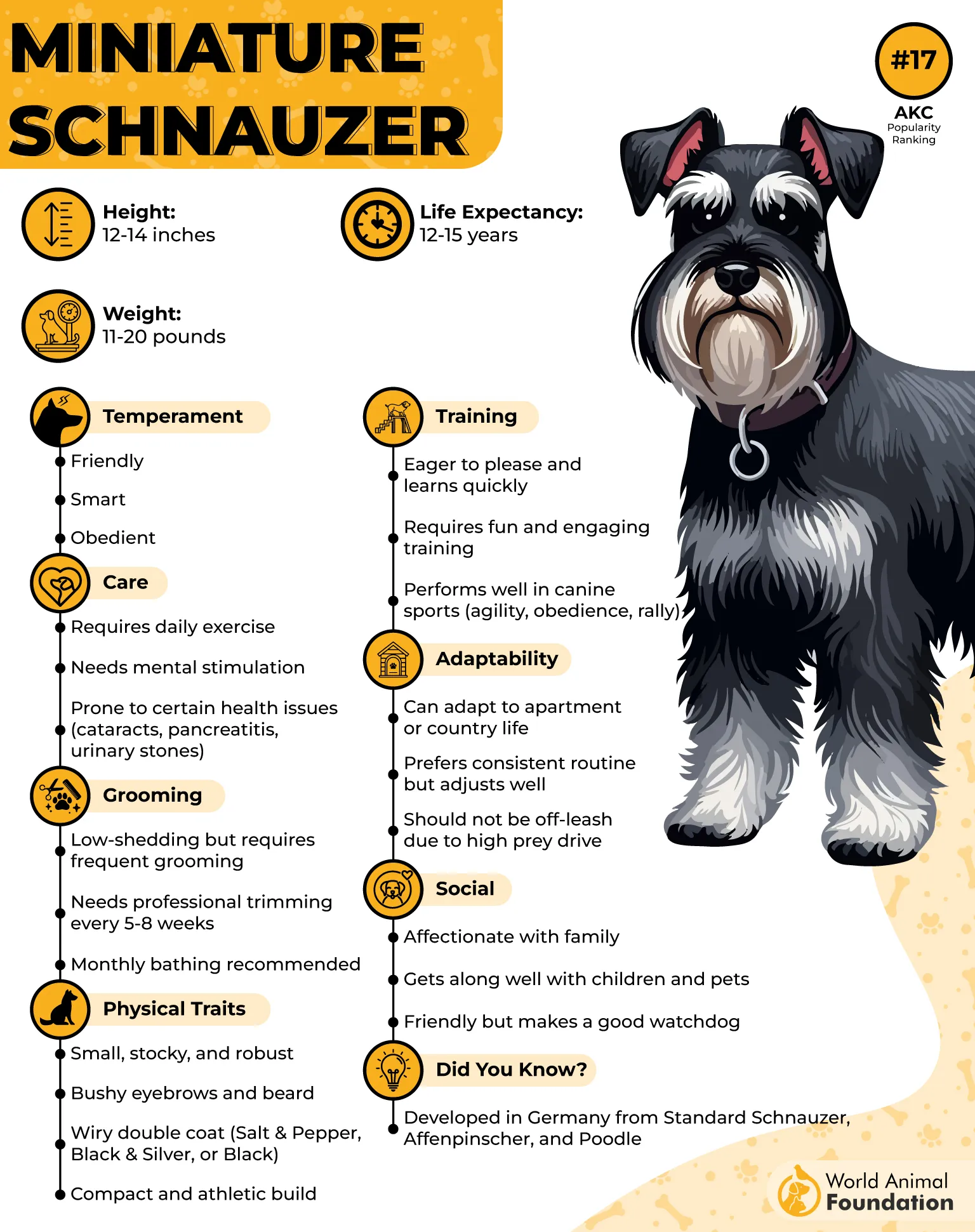
They’re not aggressive, but they are opinionated. Think of them as the neighborhood gossip with a heart of gold—one that loves kids, thrives on activity, and sees every passerby as a potential headline.
Their bark is rarely out of malice. It’s just how they process… well, everything. They’re bright, alert, and just a little too ready to chime in if things get quiet. A bored Schnauzer is a loud Schnauzer, so keep their mind and body busy if you’d like your eardrums to survive.
Mini Schnauzer Memo:
Bark-o-Meter: Always on standby
Shadow Sensitivity: “Excuse me, what just moved on the wall?!”
Energy Level: Kid-powered durability
Personality: Equal parts watchdog and cuddlebug
With their expressive eyebrows and Sherlock Holmes-level alertness, Miniature Schnauzers are the vocal, lovable detectives of the dog world—perfect for families who enjoy spirited company (and don’t mind a few alerts about shadows).
4. Bloodhound
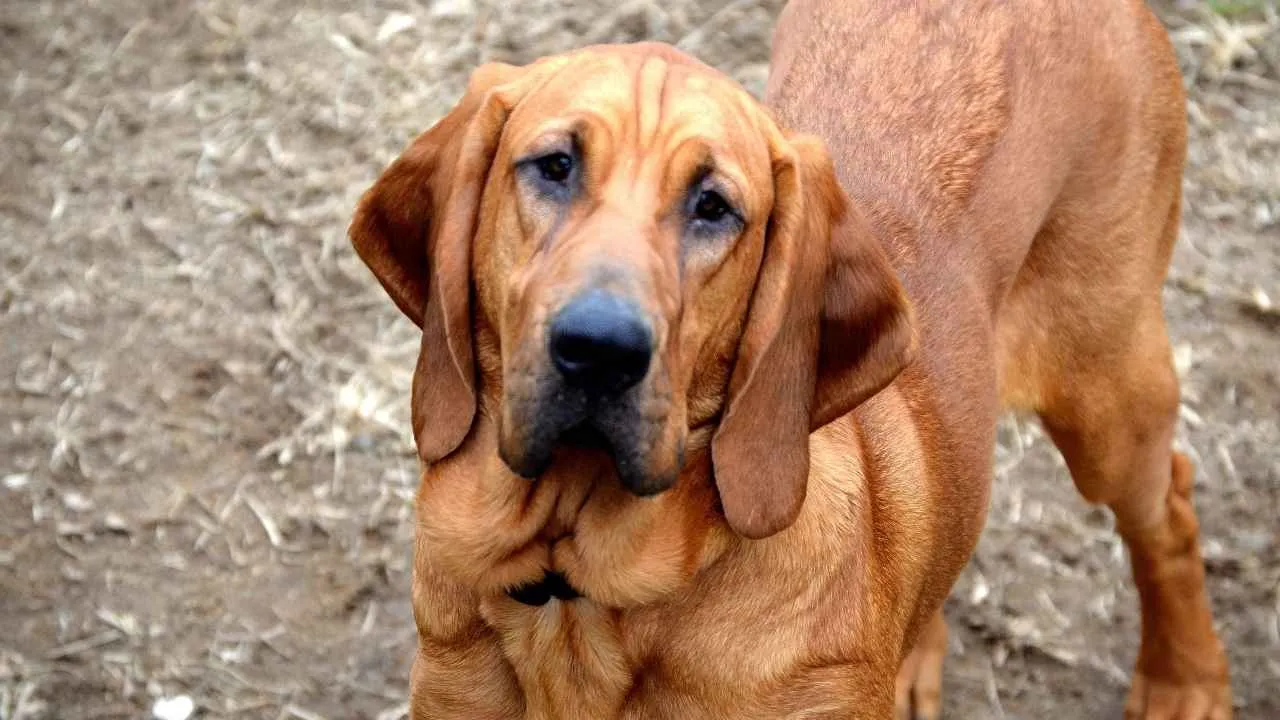
The Bloodhound may look like a droopy-faced philosopher who’s seen too much of the world, but don’t be fooled—this scent-tracking legend has lungs like a foghorn and a bark that echoes across zip codes.
The Bloodhound is a large breed, typically weighing between 80 and 110 pounds and standing 23 to 27 inches tall. They’re easily recognized by their long, drooping ears and loose skin—particularly around the face—which gives them their signature serious, almost mournful look.
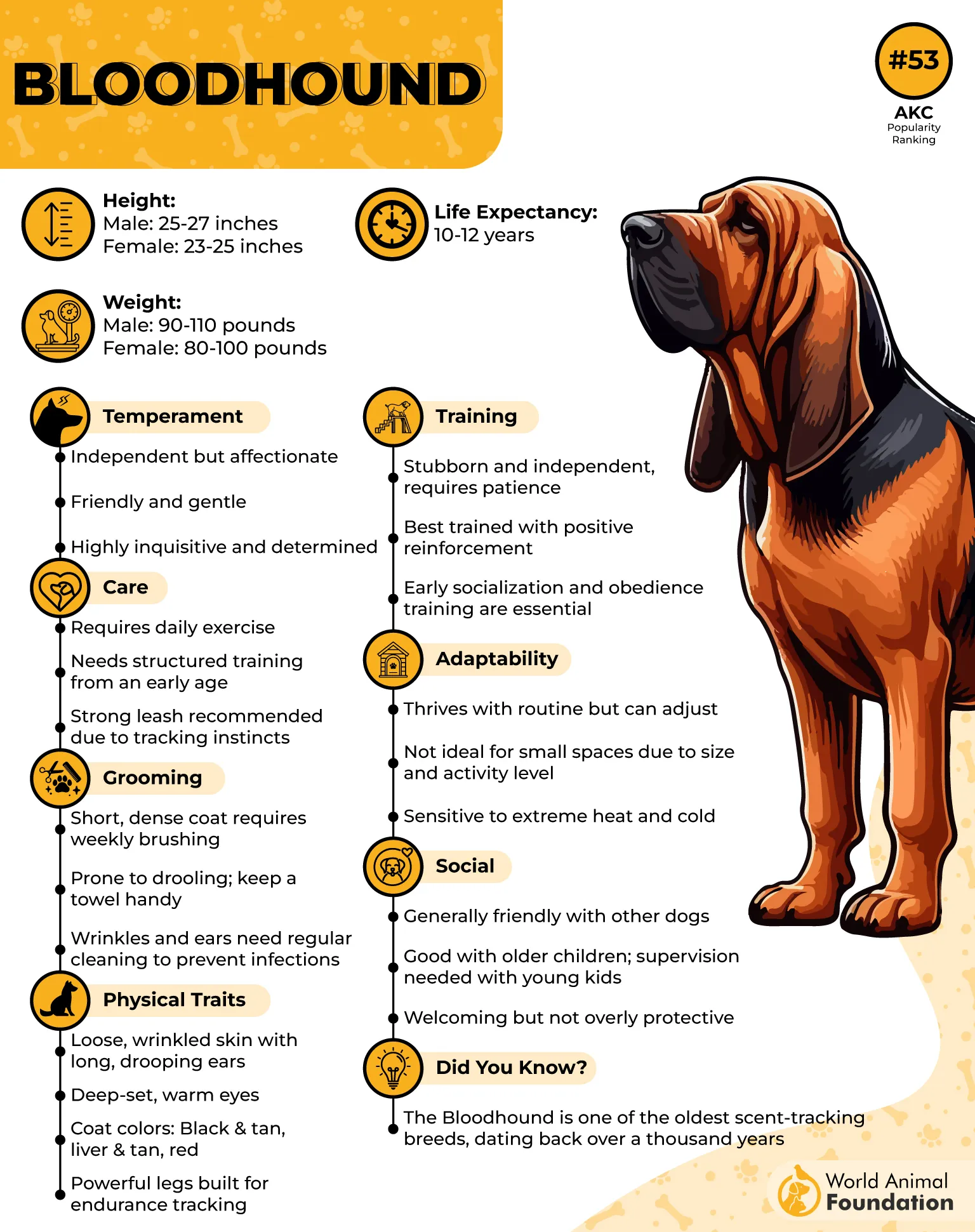
The twist? They don’t bark constantly… only when something truly grabs their attention. Like, say, a new smell. A moving curtain. Or yes—even their own wiggly shadow.
These hounds were bred to track scents for miles, so when they’re not busy following their nose, they might just fill the time with a deep, resonant “woooof” that feels more like a public service announcement than a bark. If they’re bored, ignored, or suddenly notice a light flicker across the floor? You’ll hear about it—in surround sound.
Bloodhound Breakdown:
Bark Volume: Movie-trailer narrator levels
Shadow Sensitivity: Occasionally baffled by their own rear end
Mood: Chill, until something isn’t
Affection: Big-hearted and loyal (with drool included)
PDSA noted like all dogs, a Bloodhound’s vocal habits depend on their training and individual temperament. That said, Bloodhounds are known for their deep, booming bark—typically reserved for when it’s truly needed. They might bark if they’re bored, seeking attention, or reacting to something unusual in their environment.
They’re not yappy like smaller breeds, but when a Bloodhound decides to speak, it’s impossible to miss. That deep bark is half warning, half “Hey, just so you know, something weird is happening over here!”
5. Siberian Husky
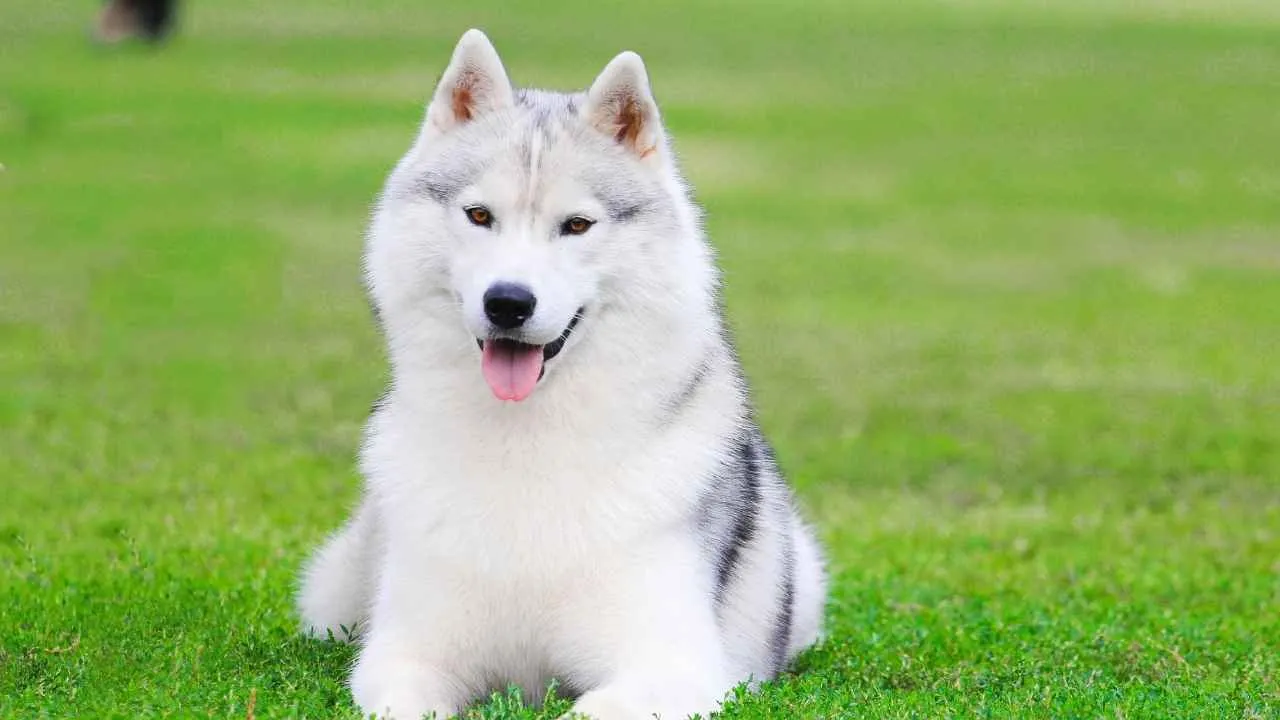
The Siberian Husky doesn’t just bark at their own shadow—they argue with it. Siberian Huskies stand between 20 and 23.5 inches tall and can weigh up to 60 pounds. They’re especially famous for their chatty nature and boundless energy. These high-spirited dogs thrive in homes with active, experienced owners who can keep up with their lively lifestyle.
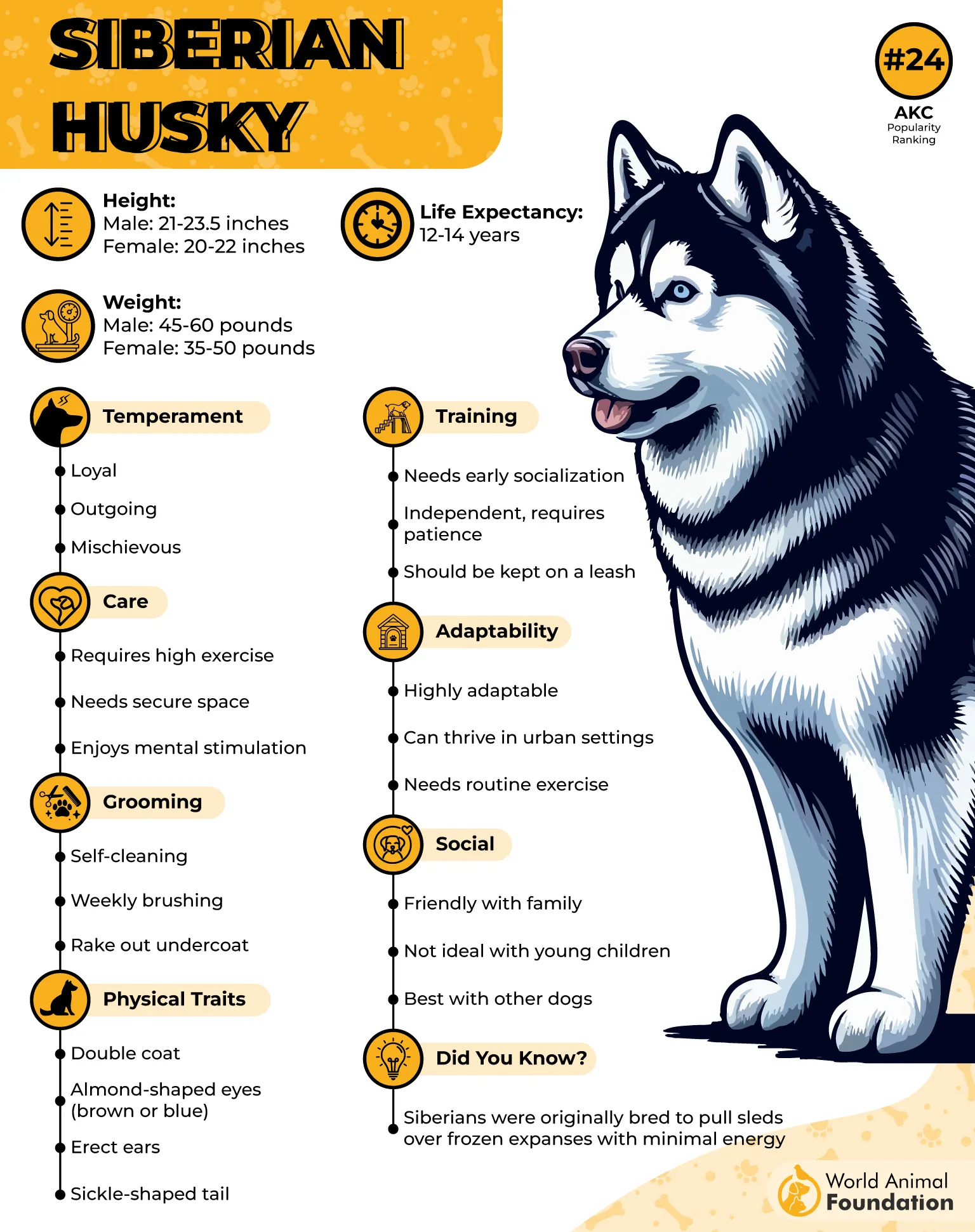
These majestic snow dogs are famous not only for their wolfish looks and turbo-charged energy, but also for their wildly expressive vocals. Barking? Sometimes. Howling? Absolutely. Complaining? Constantly.
According to the AKC as natural-born pack dogs, Huskies thrive on connection, chatter, and chaotic joy. While they’re friendly to the point of welcoming strangers with a tail wag and a song, they aren’t exactly reliable watchdogs. They’d rather gossip with the burglar than scare them off.
What they are great at? Noticing—and reacting to—everything. A flicker on the wall? Time to initiate a full-blown canine TED Talk. Their own tail moving behind them? Cue the drama. A squirrel? Goodbye, leash. These dogs need space to run, things to do, and preferably an audience for their antics.
Husky Highlights:
Vocal Range: From soprano howls to dramatic yodels
Shadow Sensitivity: 11/10—might try to race it
Energy Level: Borderline nuclear
Watchdog Skills: Friendlier than your neighbor’s cat
So if you’re looking for a quiet, shadow-ignoring lapdog… run. If you’re up for a high-volume, high-velocity buddy who treats life like an improv show, the Siberian Husky will be your snow-loving, shadow-barking soulmate.
6. West Highland White Terrier
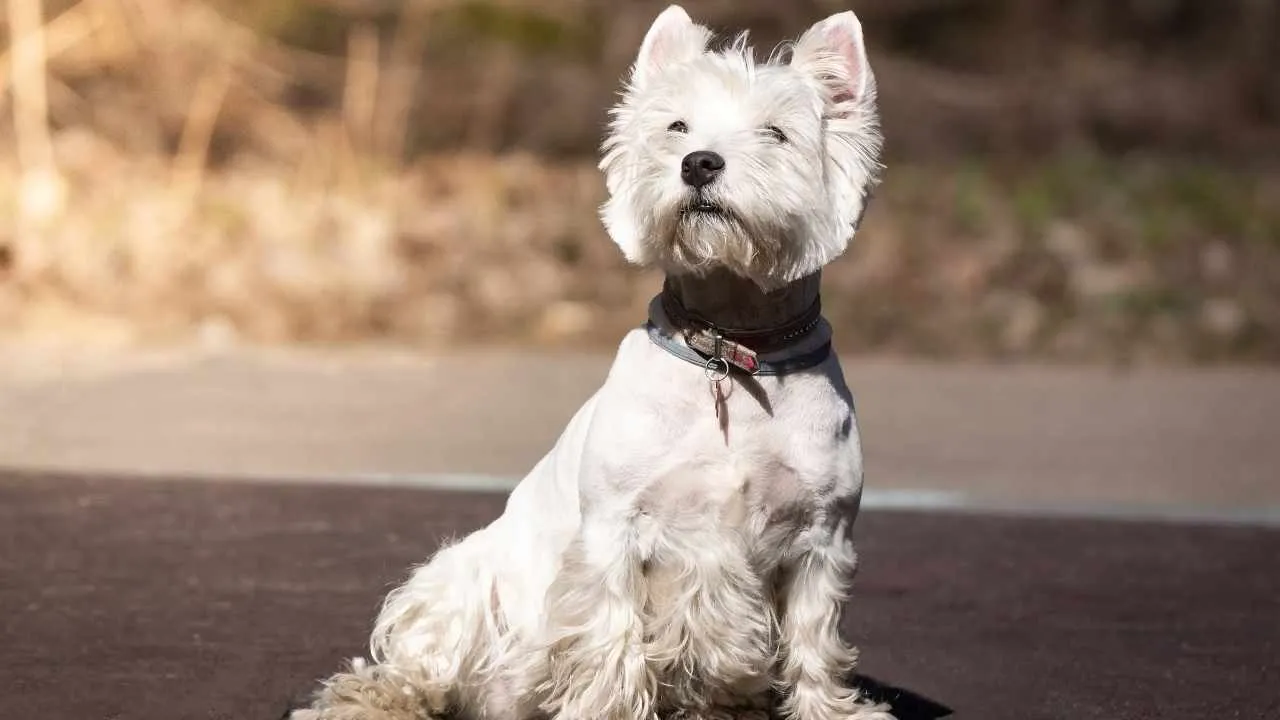
Don’t let the cotton-ball cuteness fool you—the West Highland White Terrier (a.k.a. the “Westie”) is a bold little boss with opinions… and a bark that could wake the neighborhood.
Originally bred to hunt rodents, this snow-colored spitfire still carries that fiery terrier tenacity. Translation? If something moves—even a shadow—it’s fair game for a full-volume bark session.
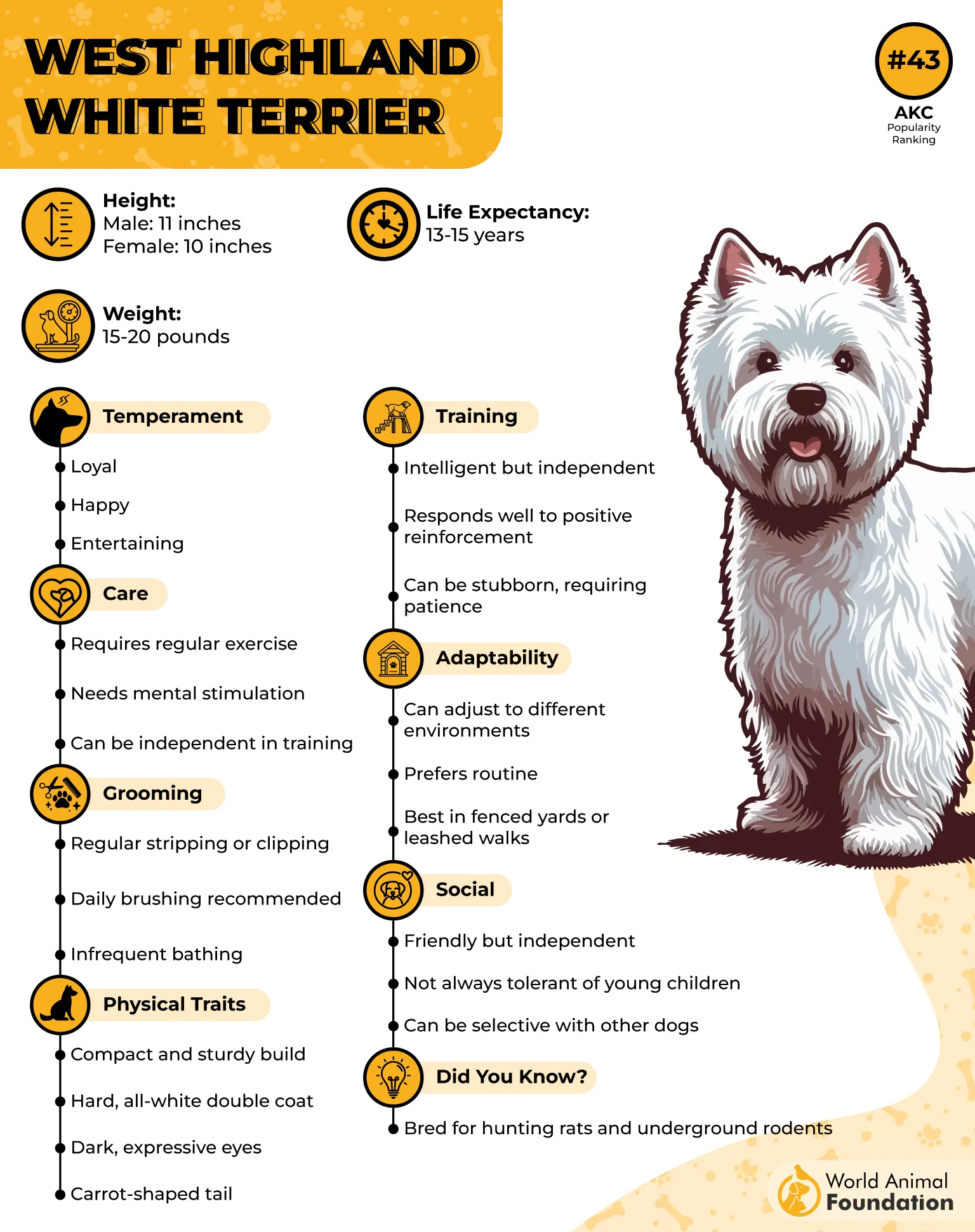
Westies are confident, curious, and surprisingly fearless for their size. They treat every backyard like a battlefield and every flicker of light like a possible enemy. Their bark isn’t just loud—it’s proud. And persistent.
While they’re not aggressive, they definitely believe in expressing themselves—especially if they feel fenced in, offended, or mildly inconvenienced by a shifting shadow on the floor. They’re also super affectionate, full of spunk, and surprisingly adaptable—as long as you can match their energy and provide plenty of exercise.
Westie Quick Facts:
Bark Style: Small but mighty—like a sassy megaphone
Shadow Sensitivity: “Did that floor just move?” BARK BARK
Confidence Level: Royalty in a fur coat
Escape Potential: High—fence it, leash it, love it
In short, the Westie is a lovable little watchdog who takes their self-appointed shadow-security job very seriously—and will proudly bark about it, in case you weren’t paying attention.
7. Border Collie
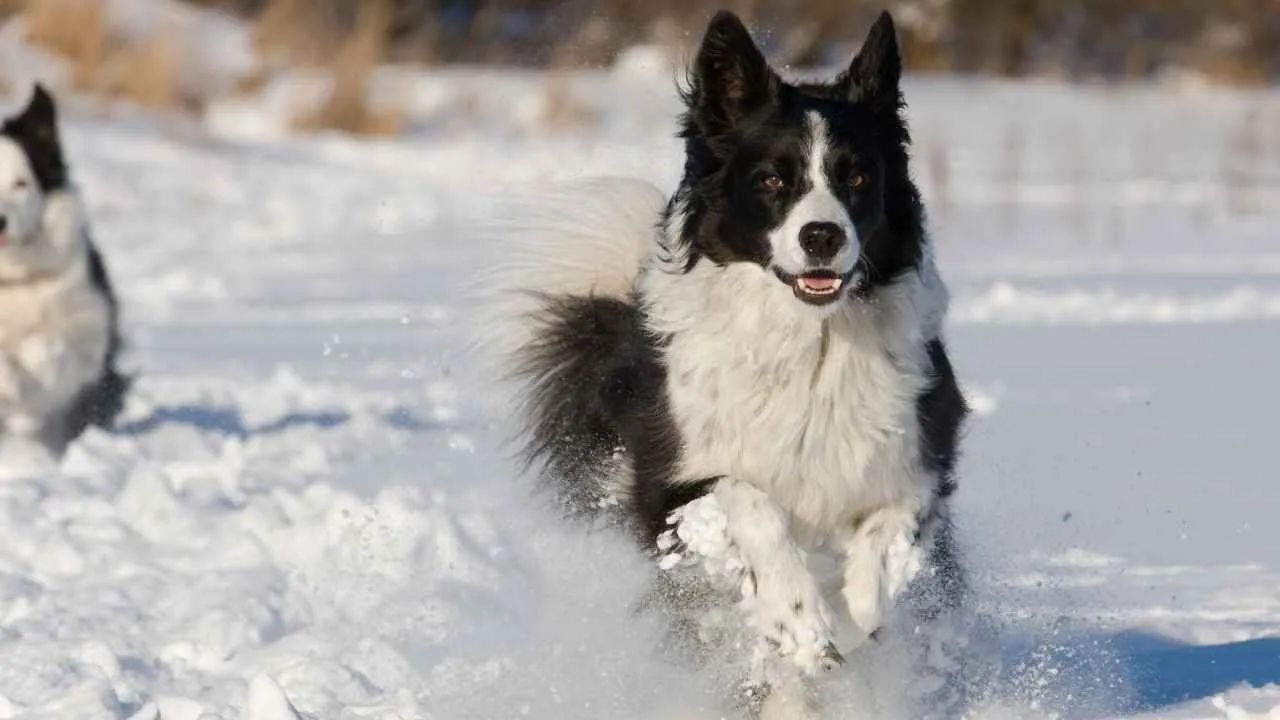
If dogs had a gifted program, the Border Collie would be valedictorian, team captain, and probably running the school newspaper too.
These brainy herders were born to work—and if they don’t have sheep to herd, they’ll happily herd shadows, squeaky toys, or even your unsuspecting toddler. And yes… they’ll bark about it. A lot.
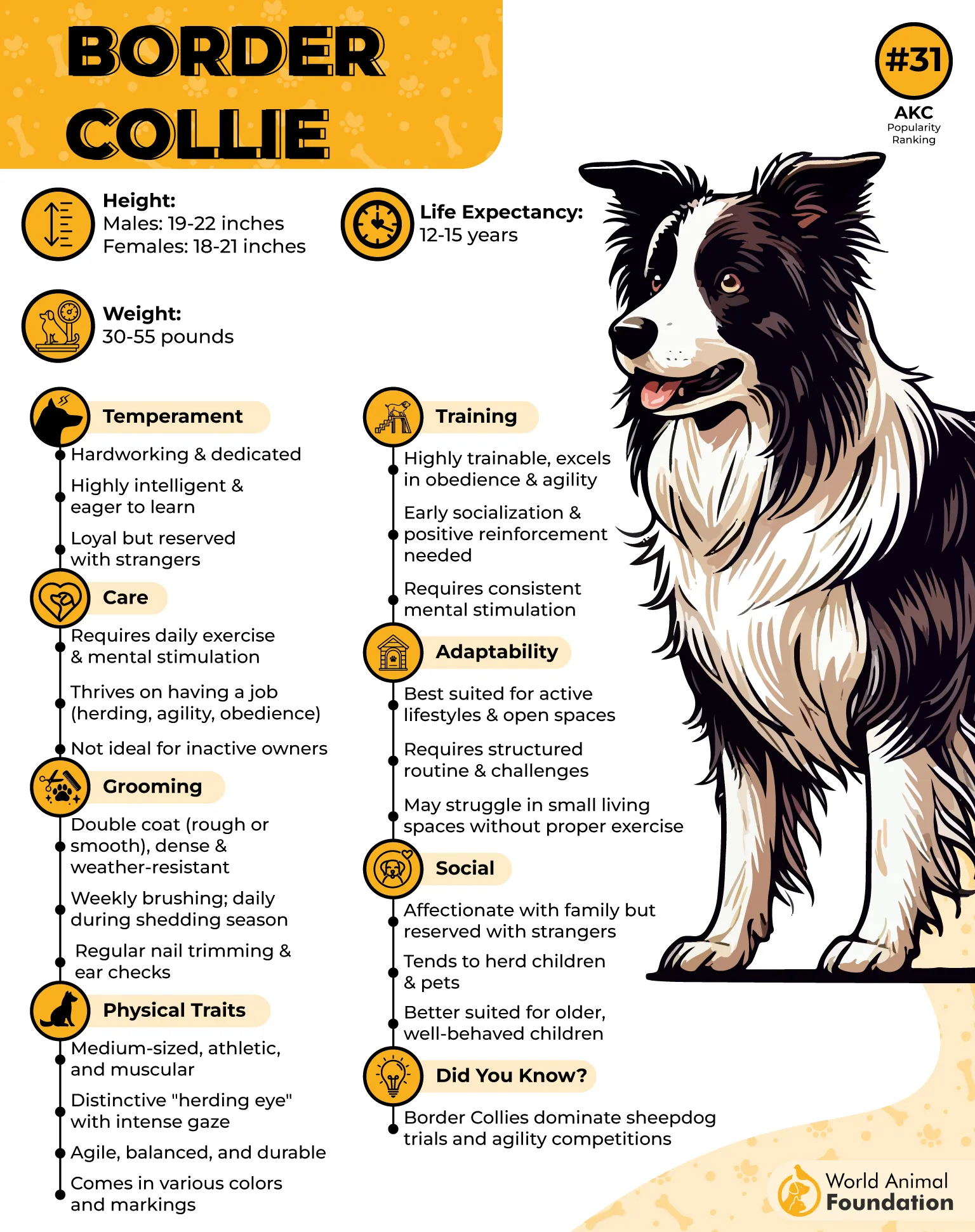
Border Collies don’t bark because they’re scared. Oh no. They bark because they’ve analyzed the situation, calculated the risk, created a strategy, and decided that now is the time to sound the alarm. Whether it’s a shifting shadow, a new houseplant, or a delivery truck 4 miles away, your Collie is ready with a high-energy alert.
Border Collie Breakdown:
Intelligence Level: Basically a furry computer
Shadow Sensitivity: Interpreted as a sheep needing herding
Energy Needs: Off-the-charts
Bark Style: Purposeful. Persistent. Occasionally bossy.
Their bark is a tool. A method. A performance. And without enough exercise or mental stimulation? That bark turns into a non-stop broadcast of “I’M BORED, LET’S DO SOMETHING!”
So if your Border Collie’s barking at a shadow, it’s not fear—it’s strategy. They’re ready to outsmart the darkness. You just need to keep up.
Conclusion
Some dog breeds are naturally more reactive—especially the ones bred to be guard dogs. At the dog park, these pups might bark at other dogs, chasing a shadow, or even a drifting leaf. This quirky behavior can be frustrating around the house, especially if your dog seems afraid or overly alert. To distract them, offer toys, engage them with pets, or teach a game of catch.
There’s no need to worry—this is common in breeds with sharp senses. For example, a chewing pup might just be anxious. Use a leash for control, watch their paw cues, and learn how to deal with their triggers. If you have children, it’s important to teach calm behavior early. With patience and the right tips, even the noisy ones can learn to relax.


